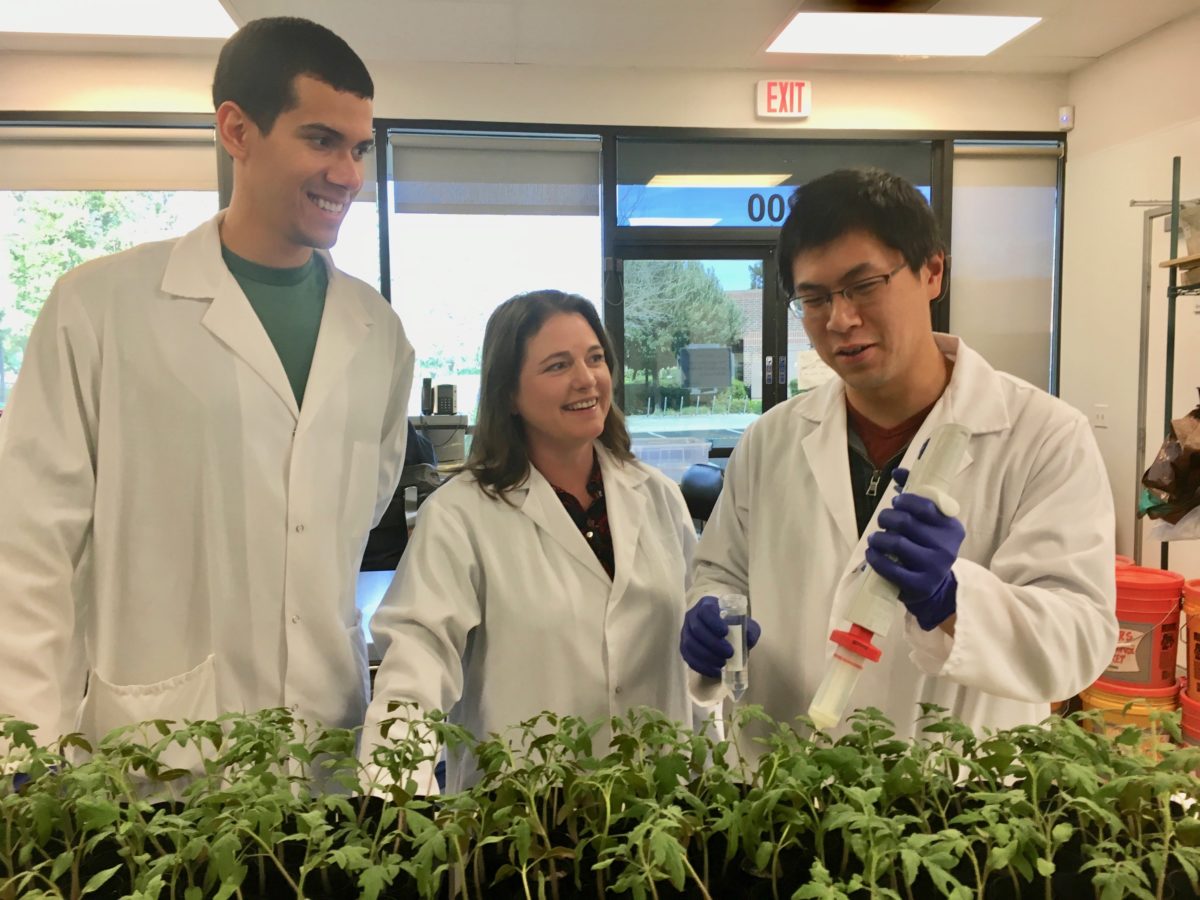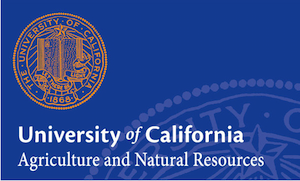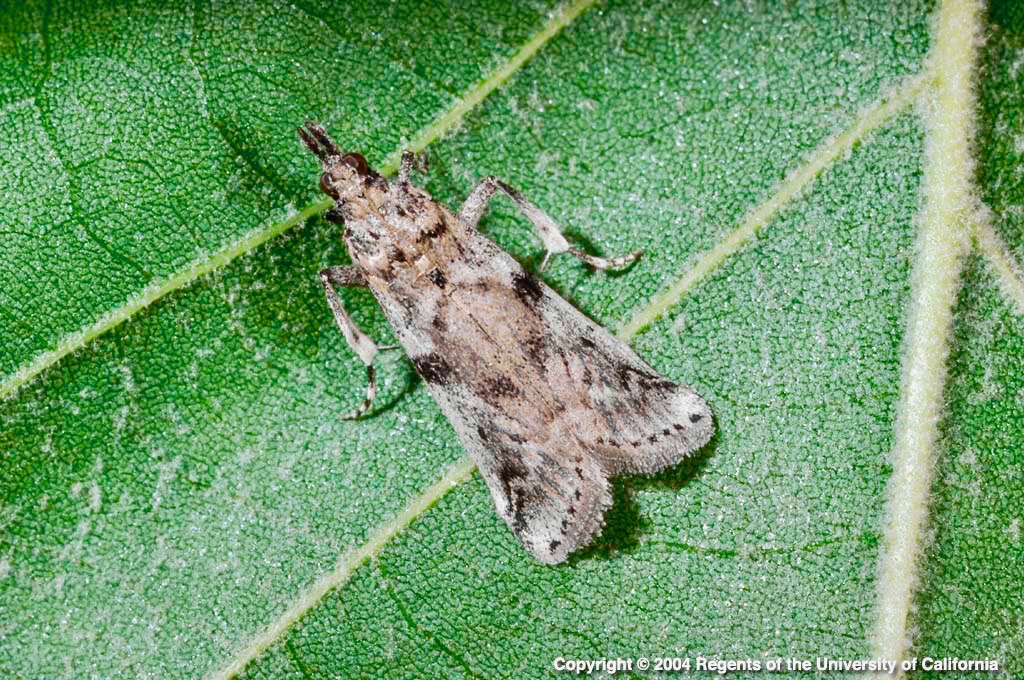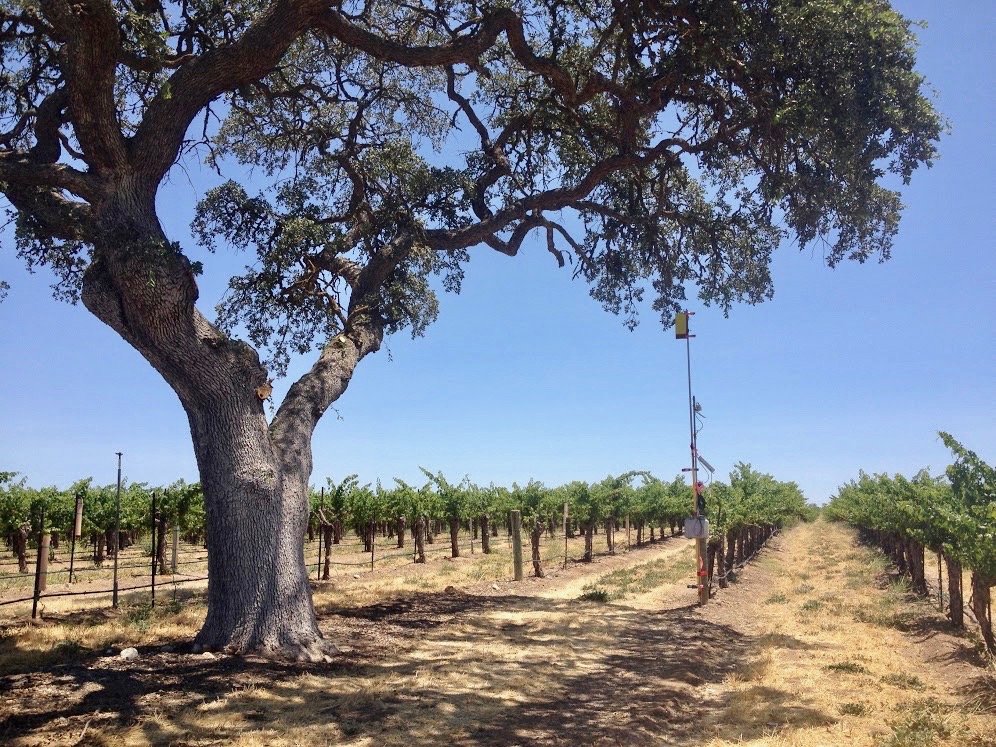BioConsortia Moves Multiple New Products into Registration Phase
Field tests show 15% yield increases from new biostimulants and nematicides
BioConsortia, Inc., innovator of microbial solutions for plant trait enhancement and yield improvement, has moved multiple new products into the registration phase.
BioConsortia has an innovative and powerful R&D platform for the discovery of beneficial microbes and a development model to produce agricultural products with superior efficacy and higher consistency in three areas of research:
- Biopesticides: a pipeline of several biofungicides and nematicides with superior efficacy
- Biostimulants: growth promoting products that further increase yields in standard, high-yielding as well as stressed, agronomic conditions
- Fertilizer use efficiency and nitrogen-fixation: developing products for major non-leguminous row crops (such as corn and wheat)
BioConsortia has raised over $40 million from Khosla Ventures and Otter Capital to invest in its R&D platform and team of 35 scientists to develop biologicals with superior efficacy and higher consistency. With these resources BioConsortia has developed a pipeline of products that prove the power of its Advanced Microbial Selection (AMS) platform. BioConsortia is in the registration phase with a number of biofungicide and biostimulant products, and has a series of nematicide products that will be submitted for registration in 2020.
BioConsortia is pioneering the use of directed selection supported by microbiome analysis and machine learning to identify teams of microbes that improve plant performance, increase crop yields, and enhance and/or decrease the use of conventional pesticides and fertilizers. Once leads are identified BioConsortia uses a range of microbial R&D techniques, including tagging and root colonization robustness to ensure its products are efficacious across a wide range of crop, soil and environmental conditions.
The products that are moving to registration have demonstrated efficacy in extensive field trials. BioConsortia has identified a remarkable number of biofungicide leads that are numerically better in efficacy than the best biofungicide products on the market today; two of which are entering the registration phase of development. The biostimulants moving to registration have shown yield increases of over 15% in tomatoes, potatoes and green beans. Similarly the nematicide products in early field trials have significantly decreased the number of nematodes infecting the crop plants and have increased yield by 15%.
“We are very excited by the progress that we have made in product development, for both biopesticides and biostimulants.” says Marcus Meadows-Smith, CEO “We look forward to bringing these new, enhanced products to market via partners to benefit both grower profitability and the environment.”
About Us
BioConsortia, Inc. is developing effective microbial solutions that enhance plant phenotypes and increase crop yields. We are pioneering the use of directed selection in identifying teams of microbes – working like plant breeders and selecting plants based on targeted characteristics, then isolating the associated microbial community. Our proprietary Advanced Microbial Selection (AMS) process enriches the crop microbiome, allowing us to identify organisms that influence the expression of beneficial traits in plants. We are focused on developing products with superior efficacy, higher consistency, and breakthrough technologies in 3 key areas: biopesticides; biostimulants; and fertilizer use efficiency and nitrogen-fixation products. Our products are foliar, drench, seed treatments, liquid in-furrow and granule products for a wide range of crops.
For inquiries and further information, please contact info @bioconsortia.com.





















